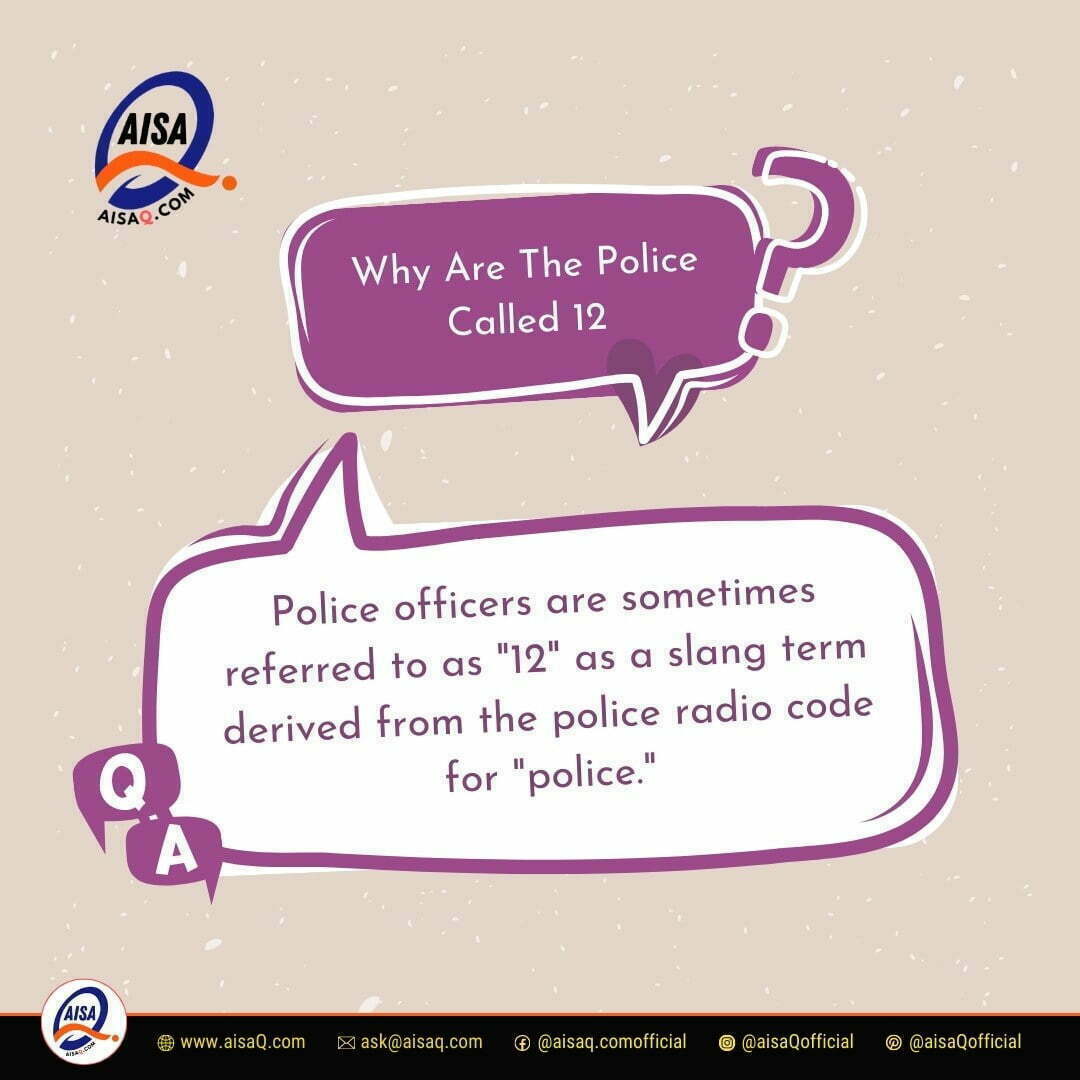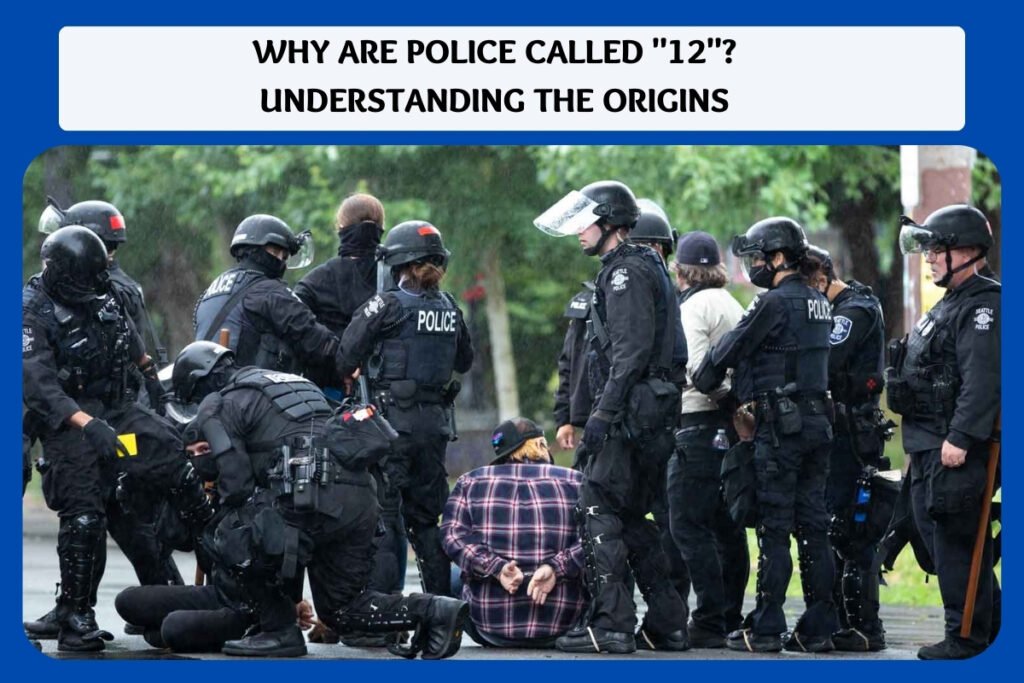Ever wondered why, despite their fearsome reputation, lions aren't automatically considered kings of every domain? The answer isn't as simple as brute strength; the title "king" is often tied to a particular environment, and the lion's reign is primarily in the savanna, not the dense jungle.
The question of a lion's regal status highlights a fascinating interplay of factors habitat, competition, and even the very definition of "king." The popular image of the lion, a symbol of power and majesty, often clashes with the reality of their preferred environment. While the lion certainly commands respect, its dominance is rooted in the open grasslands and sparse woodlands of the savanna, rather than the dense, challenging environment of the jungle.
The term "king of the jungle" itself is a misnomer, a geographical inaccuracy that has, nonetheless, become deeply ingrained in our collective consciousness. The lion, while an apex predator and undoubtedly a powerful creature, doesn't typically inhabit jungles. Its natural environment, the savanna, provides the ideal conditions for its hunting strategies. The open spaces of the savanna allow lions to spot prey from a distance and to utilize their cooperative hunting techniques effectively. The dense undergrowth of the jungle, on the other hand, would hinder their ability to hunt, and the presence of other formidable predators, such as tigers, further complicates the scenario.
- Eddie Murphy Mel Bs Daughter Angel From Denial To Milestone
- Lacey Chabert David Nehdar Inside Their 10 Year Marriage
The lion's role in the savanna ecosystem illustrates a clear relationship between adaptation and survival. Lions possess several physical and behavioral characteristics that make them ideally suited to their environment. Their tawny coats provide excellent camouflage in the grasslands, their powerful legs enable them to run at high speeds over open ground, and their social structure, organized into prides, facilitates cooperative hunting and the protection of their territory. All of these adaptations contribute to the lion's position as a dominant predator within its natural habitat.
Now, let's transition to a different facet of our conversation, a term that echoes through the streets and across screens, a clandestine signal used in the shadowed corners of our communities. Let's delve into the enigmatic code "12," a phrase that, depending on whom you ask, can mean anything from a simple police radio call code to a loaded warning of imminent danger.
The origins of "12" as a slang term for law enforcement are varied and complex, often debated, yet shrouded in the mists of linguistic evolution. It's a term that speaks volumes, reflecting the deep-seated relationship between society and its protectors. What does this term really mean? "12" is more than just a number; it is a cultural marker, a symbol with a rich and often contradictory history, a phrase that encapsulates both reverence and distrust.
- Mediumrare To Welldone Steak Guide Temperatures Doneness
- Steak Doneness Guide Perfect Temps For Rare Medium Well Done
The use of "12" is most prevalent in the southern states of America. It's a form of shorthand, a way of acknowledging law enforcement without explicitly stating "police". This coded language serves a purpose, allowing for rapid communication and a degree of secrecy, especially in contexts where discretion is paramount. It can be used to signal potential danger, alert others to the presence of authorities, or express solidarity within certain communities.
The exact origin of the term "12" remains a topic of speculation. There is no single, definitive explanation for how this particular number came to represent law enforcement. However, several theories attempt to shed light on its potential origins.
One commonly cited explanation links the term to the television show "Adam-12," a popular police procedural that aired in the late 1960s and early 1970s. The show followed the daily lives of two Los Angeles Police Department officers. The call sign "1-Adam-12" identified a specific patrol car, with the "1" indicating the area of the division to which the car was assigned. While the show itself may not have been the sole source of the term's adoption, it undoubtedly contributed to its familiarity and widespread use.
Another theory suggests the term may have originated within law enforcement itself. In some police departments, "12" is used as a code for police, offering a form of internal slang. This would facilitate the exchange of information between officers, allowing them to communicate discreetly, avoiding outsiders from interpreting the intent of the conversation. Such usages could serve as a way of expressing camaraderie and building a sense of group identity.
Beyond its potential roots in entertainment or law enforcement jargon, "12" has evolved into a cultural phenomenon, especially in specific communities. It has appeared in music, film, and literature, serving as a badge of identity, a subtle signifier of a shared experience. The rise of social media has also played a role in the spread of this term, amplifying its reach and giving it greater exposure. This organic adoption has given "12" new depth, transforming it into a symbol of collective understanding.
The term is also used as a negative assertion concerning the history of policing in the USA. This perception is linked to a long history of tension and conflict between police forces and marginalized communities, especially in the southern states. The use of "12" can, in this context, become an expression of discontent, acting as a reminder of historical injustices and present-day inequalities.
It is, however, not always a pejorative term. Within law enforcement circles, "12" can be used as a term of respect and solidarity. It signifies a bond between officers, a shared commitment to public service, and an acknowledgment of the dangers inherent in their profession. The nuances of its usage demonstrate the diverse and sometimes conflicting interpretations that attach to the symbol.
When viewed through a cultural lens, "12" reveals the influence of both language and culture on law enforcement. This understanding helps to interpret the changing significance of the term, showing how narratives and media can shape its definition. This evolution is also reflected in protest movements. In 2020, the protests that erupted across the country saw protestors all over the country using the term "12". This demonstrates how the phrase has expanded its influence and transformed from being a slang term to being a form of protest.
The case of "12" is a fascinating example of how language adapts, grows, and reflects the world around us. By exploring its usage and the different meanings it carries, one can learn about the dynamics of society, the evolution of language, and the impact of history on how we see and interact with authority.
In the realm of health and wellness, the question of how to address body image comes into play. Is there a perfect body?
When it comes to body image, the human experience is often filled with complexities and emotional baggage. The pressure to conform to societal standards, and the relentless barrage of images in the media, can lead to self-doubt and a constant comparison of one's own body to often unrealistic ideals. As a result, people explore different avenues to deal with concerns about the physical appearance.
One of the choices people make is plastic surgery. The motivations that drives people to pursue surgical alterations are diverse. Many seek cosmetic procedures to alter their physical appearance, driven by desires to boost self-esteem, and enhance self-image. The influence of media, fashion trends, and social pressures play an important role, leading some to believe that cosmetic enhancement will make them more attractive, or successful.
Beyond aesthetic motivations, there are instances where plastic surgery is performed to address medical conditions or to repair physical deformities caused by injury or illness. Reconstruction after accidents, birth defects, or cancer treatments can be performed to restore function and to alleviate the psychological distress associated with physical changes. Such procedures are driven by a desire to improve both the physical and psychological well-being of individuals.
The decision to undergo plastic surgery is a significant one, often involving careful consideration of personal desires, potential risks and benefits, and financial constraints. It is vital for individuals to consult with qualified and experienced medical professionals, to gain a comprehensive understanding of the procedures, the possible outcomes, and potential complications. Informed consent is of the utmost importance.
In the realm of health, there can be also concerns regarding changes in the menstrual cycle, with one frequently asked question is, "Why is my period heavier than usual?"
Understanding the complexities of the menstrual cycle is crucial for women. The menstrual flow can vary in duration and intensity. Factors such as age, lifestyle, and medical conditions can have a direct impact on the regularity and characteristics of menstruation. It's a complex process, and occasional fluctuations are common. However, significant changes, such as unusually heavy periods, can be an indication of underlying health issues that need medical attention.
Several physical factors can lead to heavy menstrual flows. Some of these include hormonal imbalances, specifically an excess of estrogen or lack of progesterone. Another cause can be structural abnormalities in the uterus, such as fibroids or polyps. Other underlying medical conditions such as blood clotting disorders, can also lead to heavy periods. It's imperative for women experiencing such changes to talk to a healthcare provider to get a proper diagnosis and the necessary care.
The human body constantly evolves, and our biology is full of interesting facts. Now, let's explore a subject of curiosity and wonder: the natural instinct of cats to sharpen their claws.
Cats are known for their unique behaviors, and scratching is among the most recognizable. The need to sharpen and renew their claws, as well as release scent through special glands in their paws, are the driving forces behind this instinct. Indoor cats also have the same need to scratch, making it a necessary component of their well-being.
Scratching serves multiple purposes for cats. It is a way to maintain the sharpness of their claws, and to remove the worn outer layers. It also enables them to stretch, flex their muscles, and mark their territory, with both visual and scent signals. The presence of scratching posts or other suitable surfaces can satisfy this instinct. Without alternative scratching surfaces, cats will naturally turn to household furniture, rugs, and other items, leading to potentially unwanted wear and tear.
Now, let's consider another aspect of life: the ability to be indecisive. People struggle to make decisions for several reasons. The complex nature of choices, the burden of risk and consequence, and the ever-present fear of making a mistake all play a part.
The human mind often struggles with the intricacies of the decision-making process. Cognitive biases, emotional influences, and external pressures, can all interfere with the ability to weigh options objectively and to arrive at a firm decision. Sometimes, the feeling of overwhelm, caused by the sheer volume of alternatives, can lead to procrastination or avoidance, further delaying the choice.
Navigating these challenges requires self-awareness, the ability to recognize cognitive biases, and the skill to manage emotions. Seeking guidance from others, breaking down large choices into smaller steps, and setting realistic goals can help. Ultimately, it's about embracing the process, learning from past experiences, and acknowledging that making choices is a natural part of life.
In the midst of this examination of varied topics, we turn our attention to a demographic that is often subject to stereotypes. The higher rates of obesity within the United States have led to questions regarding the health of the population. In contrast, the stereotype that Americans are inherently "stupid and lazy" is not entirely true. However, the higher obesity rate in America compared to almost any other country should still be noted.
This health concern reveals the need to consider both the biological and the societal contexts that shape individual health. Various factors, including diet, physical activity, genetics, and access to health care, contribute to a person's weight status. Beyond that, cultural norms, economic inequalities, and the accessibility of healthy foods influence health. Addressing health challenges necessitates a multifaceted approach that considers individual behaviors and systemic factors.
In contrast, the lion's domain is clear, so is the role of the word "12" in the urban context. The lion reigns in the open savannas. "12" provides an early signal about authority. And finally, in the realm of human health and behavior, as in the natural world, things are rarely as simple as they seem at first glance.
And, to close out this exploration of varied topics, let's add an important observation:
The content you provided in the initial question touched on a variety of subjects the lion's habitat, the slang term "12", plastic surgery, the health of women, how to deal with scratching cats, indecisiveness, and body image.
This range indicates a diversity of human experience. The subjects ranged from animal behaviors to the intricacies of language, from personal health concerns to how societies shape their words. It highlights the breadth and depth of the inquiries people ask, and the challenges they face as they try to understand their world.



Detail Author:
- Name : Humberto Turner
- Username : bkiehn
- Email : evans.reichert@hotmail.com
- Birthdate : 1978-08-15
- Address : 45921 Reynolds Alley South Rasheedshire, OK 21896
- Phone : 619.717.6678
- Company : Koss, Nolan and Ondricka
- Job : Millwright
- Bio : Autem omnis explicabo dolorum id. Hic consequatur eum fuga excepturi accusamus voluptate ab distinctio. Inventore accusamus quia laborum magni molestiae.
Socials
tiktok:
- url : https://tiktok.com/@lizzie.o'hara
- username : lizzie.o'hara
- bio : Temporibus ex aut rem libero.
- followers : 4918
- following : 2573
facebook:
- url : https://facebook.com/lo'hara
- username : lo'hara
- bio : Sed occaecati qui cum excepturi aut.
- followers : 5550
- following : 1333